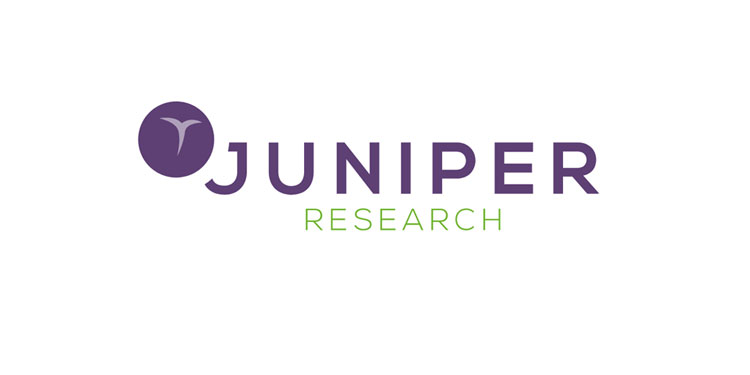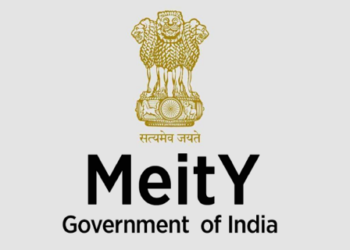A new report from Juniper Research has found that the deployment of blockchain for cross-border settlement will drive increasingly significant cost savings for banks; rising from $301 million in 2021 to $10 billion in 2030. Blockchain implementation in cross-border settlement will enable stakeholders to leverage improved payment transparency and traceability; a critical advantage in an omnichannel payments market.
The new report, Blockchain in Financial Services: Key Opportunities, Vendor Strategies & Market Forecasts 2021-2030, found that large trading nations, such as the US and China, will see the biggest cost savings from blockchain use, aided by high remittance volumes and increasingly favourable regulatory environments. In these high-value remittance markets, the potential for blockchain to meet the critical requirements of fast, reliable, and transparent payments will be a key driver of adoption.
Blockchain Solutions Seeing Success by Building Connections
As a result of an expansion in the number of integrations with major payment players across broad trade corridors, blockchain solutions such as RippleNet and Visa B2B Connect are already offering significant payment efficiencies compared with legacy systems. Additionally, Ripple has joined the ISO 20022 Standards Body; placing it in a strong position to establish blockchain as part of international payment standards.
As these networks build, Juniper Research expects blockchain adoption to increase over the next decade, with an expected 2 billion cross-border transactions facilitated by blockchain in 2030.
Stakeholder Buy-in Will Be Key to Further Growth
The reluctance from payment stakeholders to change established business practices and shift away from legacy systems represents a significant barrier to widescale blockchain adoption. Clear communication of the benefits of blockchain against the investment required for implementation will be crucial to stakeholder buy-in.
Research author Susannah Hampton says: “Current international remittance processes are severely constrained by legacy systems. Proof of cost savings through blockchain use will be critical for the technology to proliferate, as will fostering a culture of acceptance for the technology from the top down.”
















